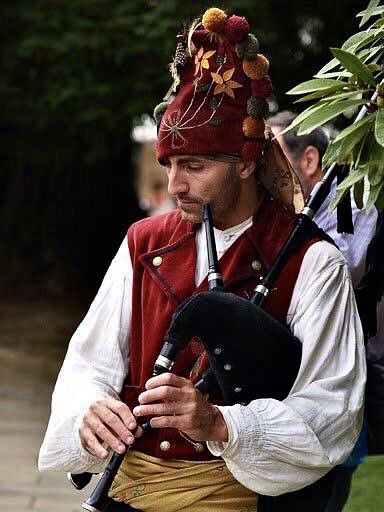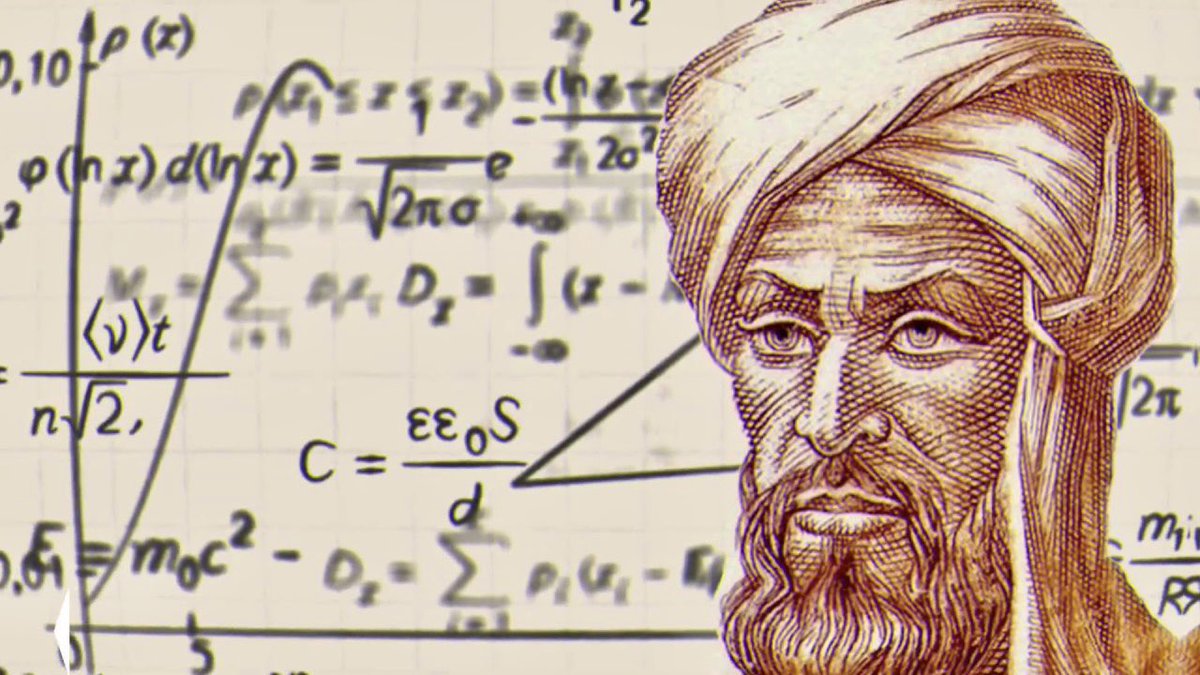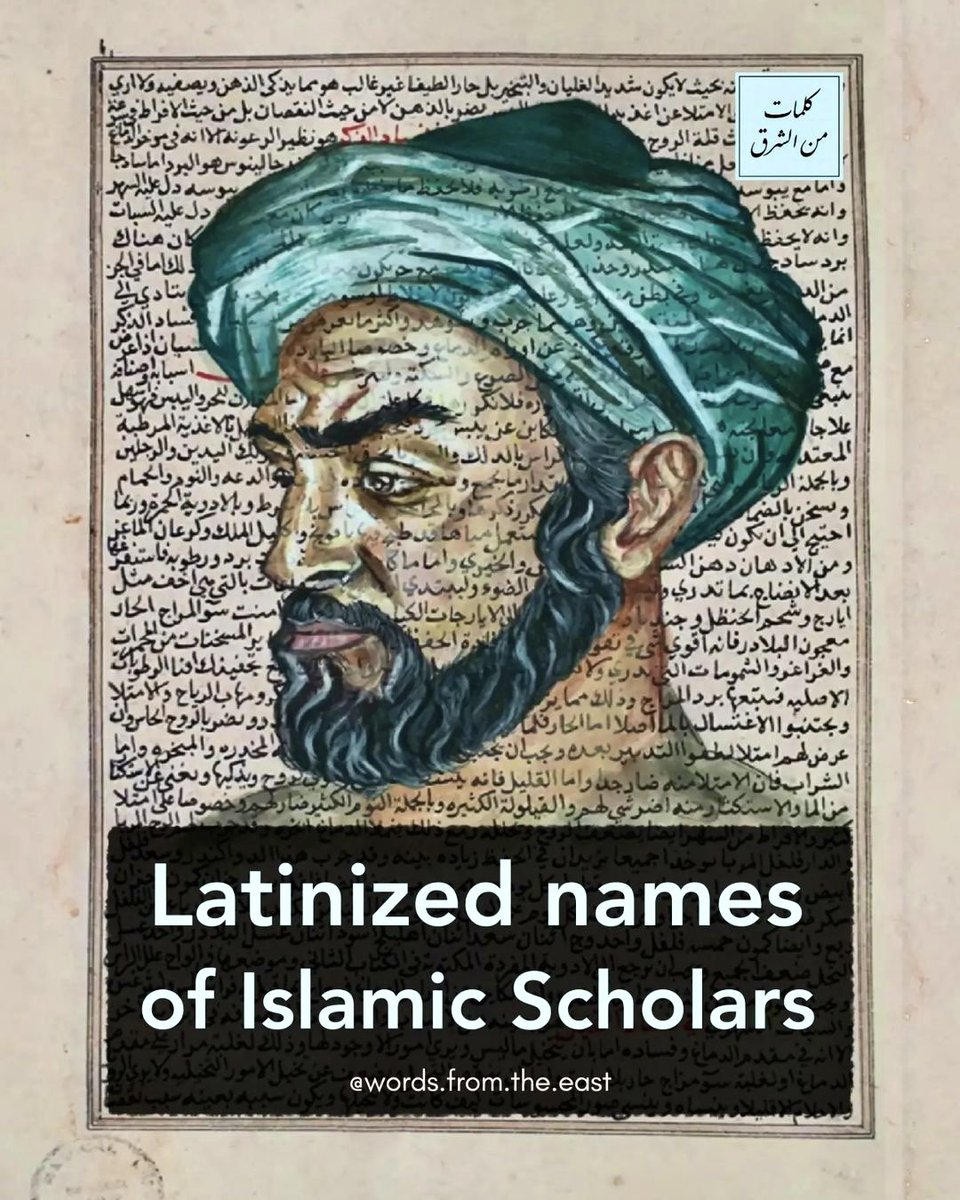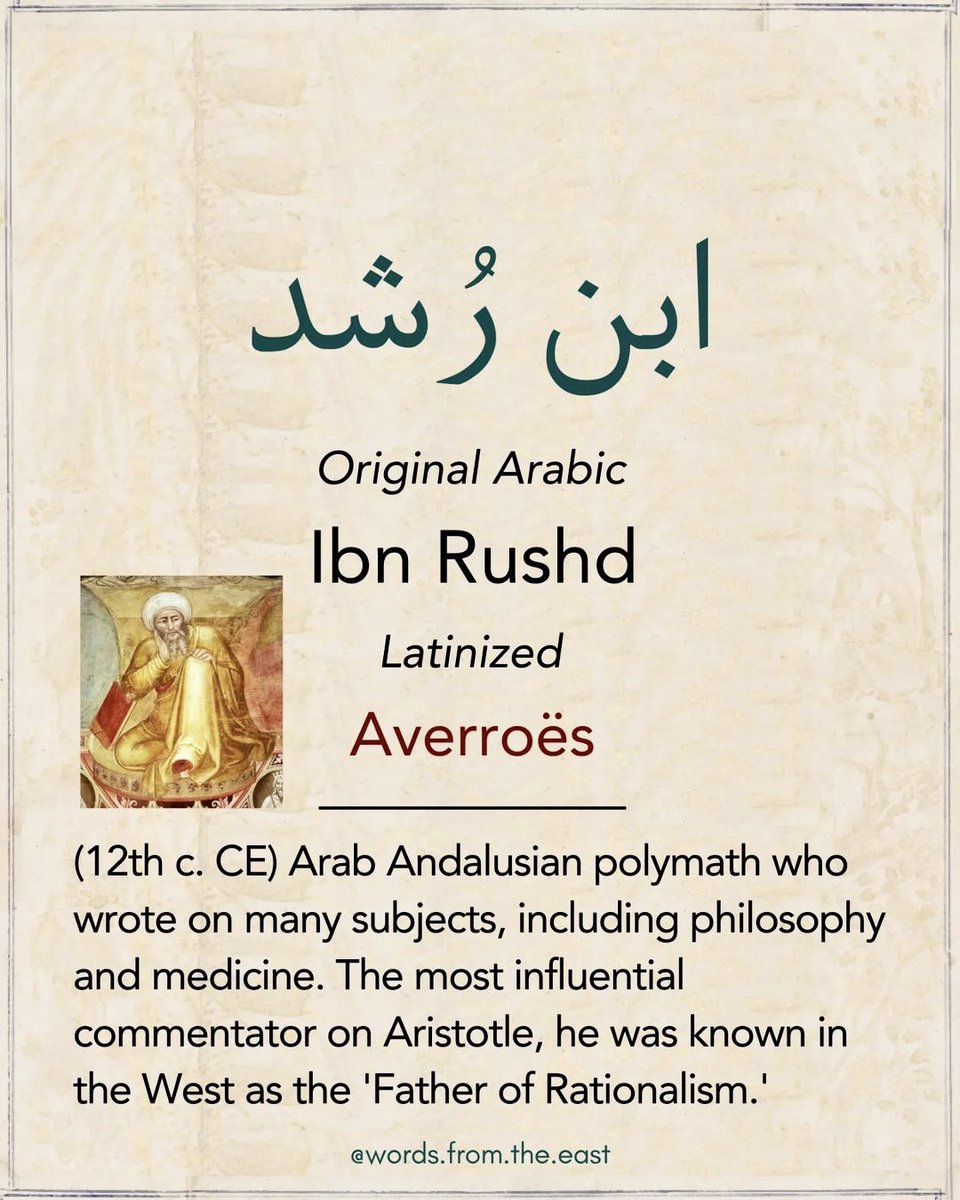From the bagpipes to the guitar, to the piano, many musical instruments came into Europe from Muslim cultures. Much of this is hardly known & rarely acknowledged. Music is one of the most popular and loved art forms.
A thread on Muslim cultures and European musical instruments…
A thread on Muslim cultures and European musical instruments…
1/ Highland Bagpipes & The Galecian Gaita
The Ghaita is a double-reed wooden instrument from North Africa. It resembles the Arab Mizmar & the Turkish Zurna
It evolved into the Portuguese Gaita, the English Waygh & Highland Bagpipes, which use multiple reeds
The Ghaita is a double-reed wooden instrument from North Africa. It resembles the Arab Mizmar & the Turkish Zurna
It evolved into the Portuguese Gaita, the English Waygh & Highland Bagpipes, which use multiple reeds

1.1/ The Galecian Gaita has been a common feature in folk music from Northern Portugal since the 12th century, when Al-Andalus was at the peak of cultural & artistic progress
In Scotland however, the first documented use of the bagpipe dates back to 1549 at the Battle of Pinkie

In Scotland however, the first documented use of the bagpipe dates back to 1549 at the Battle of Pinkie


2/ Austrio-German Zither
The Qanun is a string instrument from the Middle East, whilst it is also used North & West African music, along with folk music in Central Asia, Armenia, and Greece. Its ancestor was a stringed instrument from the Old Assyrian Empire in Mesopotamia
The Qanun is a string instrument from the Middle East, whilst it is also used North & West African music, along with folk music in Central Asia, Armenia, and Greece. Its ancestor was a stringed instrument from the Old Assyrian Empire in Mesopotamia
2.1/ It is likely that the origins of the Austrio-German Zither come from the Qanun, both of which consist of a flat sounding box with numerous strings placed on a horizontal surface. Another musical instrument from the same family is the Chinese guqin, which dates back to 433 BC
3/ The Oboe
The Turkish Zurna has an essential place in Turkish folklore and folk music. In the 17th century, when the Ottoman empire stretched nearly to the outskirts of Vienna, whilst the Franco-Turkish alliance was still strong, the oboe was developed at the French court. twitter.com/i/web/status/1…
The Turkish Zurna has an essential place in Turkish folklore and folk music. In the 17th century, when the Ottoman empire stretched nearly to the outskirts of Vienna, whilst the Franco-Turkish alliance was still strong, the oboe was developed at the French court. twitter.com/i/web/status/1…
4/ The Dulcimer, Keyboard, Piano and the Organ
The Persian Santur is the beating heart of music from the region. Rubber pieces are attached to the end of small mallets, which are then used by musicians to strike the wires of the Santur to create sharp melodies…
The Persian Santur is the beating heart of music from the region. Rubber pieces are attached to the end of small mallets, which are then used by musicians to strike the wires of the Santur to create sharp melodies…
4.1/ Known as the Dulcimer in English, it is this very instrument which inspired the creation of the keyboard, the piano and the organ
4.2/ With records of the ancestor of the instrument dating back to Assyrian and Babylonian tablets, the Santur’s creation in its present form is attributed to al-Farabi, a philosopher and musical genius from the 9th century
5/ The Fiddle
From nursery rhymes to troubadours, the fiddle is now a common musical instrument, which is believed to have been invented in the 1600s. The lost heritage of the fiddle’s origins lie in the Persian Kamancheh, and the Arab and Central Asian Rabab.
From nursery rhymes to troubadours, the fiddle is now a common musical instrument, which is believed to have been invented in the 1600s. The lost heritage of the fiddle’s origins lie in the Persian Kamancheh, and the Arab and Central Asian Rabab.
6/ The Lyra
The Rabab from Central Asia, is the national musical instrument of Afghanistan & is also commonly used in Pakistan, particularly in folk music in the provinces of Khyber Pakhtunkhwa and Balochistan, but also other parts of the country.
The Rabab from Central Asia, is the national musical instrument of Afghanistan & is also commonly used in Pakistan, particularly in folk music in the provinces of Khyber Pakhtunkhwa and Balochistan, but also other parts of the country.
6.1/ The Rabab found its way to Europe via two routes. A pear-shaped variety was adopted as the Byzantine Lyra, in the 9th century, and a boat-shaped variety, introduced to Spain in the 11th century
6.2/ The Arab Rababah was prominent feature in medieval Arab music. It is a favourite amongst folk musicians even today. First mentioned in the 10th century, it is at this time that it inspired the creation of a European descendant, known as the rebec.
7/ The Lute & Guitar
The Oud, Turkish or Arabic, is crowned the King of Middle Eastern musical instruments. Historians believe that it was in turn inspired by the Persian instrument, Barbat, and the Egyptian Nefer…
The Oud, Turkish or Arabic, is crowned the King of Middle Eastern musical instruments. Historians believe that it was in turn inspired by the Persian instrument, Barbat, and the Egyptian Nefer…
7.1/ It was taken to Spain by the court musician Zeryab, in the 9th century, and is believed to be the predecessor to most other string instruments
8/ The etymology of the names of several musical instruments can also be traced back to Arabic…
The Naker, known as the Tabla in South Asia, is known as the Naqqara in Arabic, and Naqareh in Persian
The Naker, known as the Tabla in South Asia, is known as the Naqqara in Arabic, and Naqareh in Persian

9/ The Adufe, a square tambourine of sorts, gets its name from the Duf, a similar, circular Arab instrument. 

10/ Al-Nafir is latinised as Anafil. The Nafir is the Middle Eastern and North African counterpart of the trumpet, used for both, ceremonies and military signaling. 



11/ The Ajabeba, or Axebaba, is adapted from the word Al-Shabbaba, which means “the young one” – an apt name for the Axebaba, a small, thin, flute-like instrument. 

Discover more about Muslim cultures and European Musical Instruments, with sources of inspiration & information for this thread - and further reading:
baytalfann.com/post/muslim-cu…
baytalfann.com/post/muslim-cu…
• • •
Missing some Tweet in this thread? You can try to
force a refresh






















